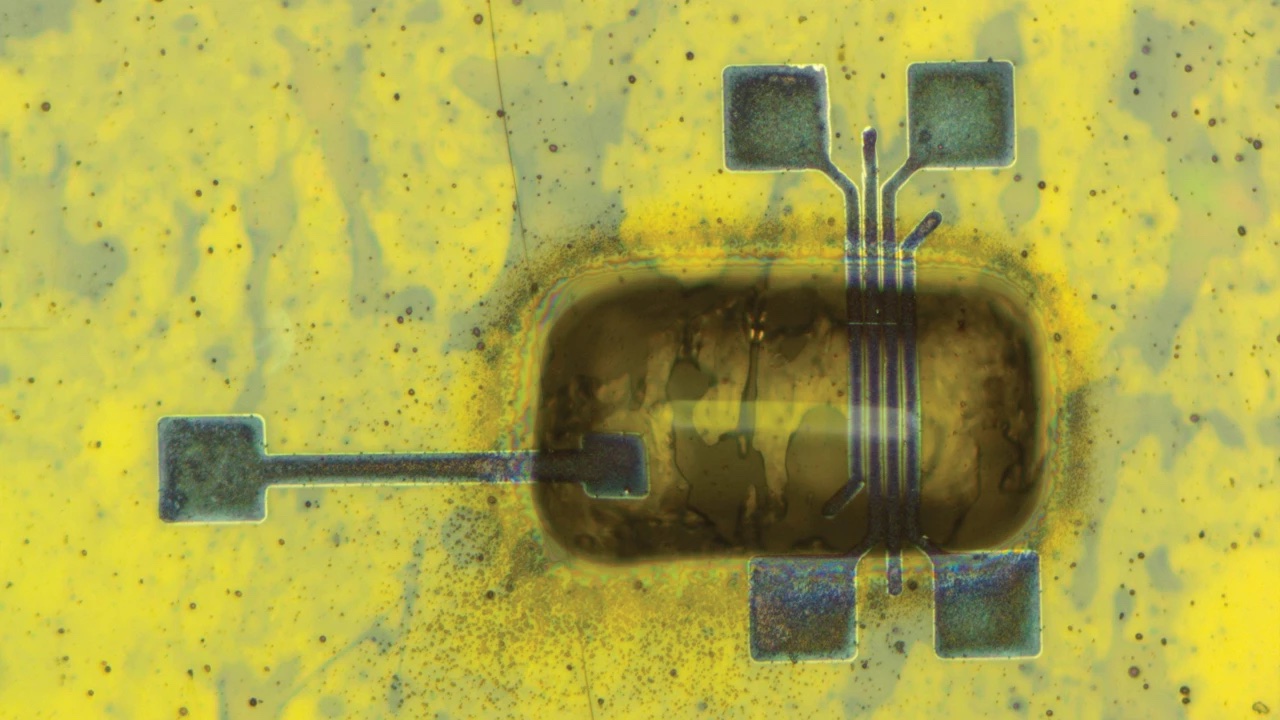
Payal Dhar (she/they)
Journalist and author
Writing about science, technology, and society since 1998.

retractionwatch.com
AI unreliable in identifying retracted research papers, says study
Large language models should not be used to weed out retracted literature, a study of 21 chatbots concludes. Not only were the chatbots unreliable at correctly identifying retracted papers, they spit out different results when given the same prompts.

snexplores.org
This microphone picks up sounds by watching them
Sound travels in waves of vibrating air molecules that bump into each other. Microphones work by picking up these vibrations. Scientists had wondered if they could make microphones that see those vibrations rather than hear them. Now researchers in China have built such a device. The new gadget photographs tiny disturbances made as sound waves subtly quake the surface of an object. A computer then turns those images back into sound. This means the microphone can work even when it isn’t able to “hear.” For instance, when a glass barrier dampens or blocks sound waves.

science news
Chatbots may make learning feel easy — but it’s superficial
Large language models, or LLMs — the artificial intelligence systems that power chatbots like ChatGPT — are increasingly being used as sources of quick answers. But in a new study, people who used a traditional search engine to look up information developed deeper knowledge than those who relied on an AI chatbot, researchers report.
snexplores.org
A modified glue gun squirts a material to help heal broken bones
A repurposed glue gun has helped repair broken bones in rabbits. Instead of a regular glue stick, it melts a material that helps bones heal.

cen.acs.org
A bacterial coculture produces cellulose in 7 different colors
Bacterial cellulose (BC) is a versatile biomaterial produced naturally by certain bacteria species, including Komagataeibacter xylinus. Scientists have considered it as an alternative to synthetic textiles, but research into producing colored BC has been limited. The use of petroleum-based dyes and toxic reagents for coloring still persists.

cen.acs.org
Printing technique makes miniature transistors for flat displays
Researchers have demonstrated how to print features smaller than a millionth of a meter on tiny electronic components called thin-film transistors (TFTs) used in displays. Using recyclable, carbon-based inks could make displays more environmentally friendly.

LiveScience
Scientists could soon create a 'universal antivenom.' But would it save lives?
When Jacob Glanville first spoke to Tim Friede, he said, "I'd love to get my hands on some of your blood." As CEO of the biotech company Centivax, Glanville was developing a universal snakebite treatment. And Friede is a self-taught herpetologist with hyperimmunity to some of the world's deadliest snake toxins. Over the past two decades, Friede has had over 800 snakebites and "self-immunizations" with the venom of cobras, taipans, black mambas, rattlers and more.

science news
A handheld ‘bone printer’ shows promise in animal tests
A handheld device can apply synthetic bone grafts directly at the site of a defect or injury without the need for prior imaging or fabrication. Researchers demonstrated the technology by modifying a hot glue gun to 3-D print the material directly onto bone fractures in rabbits. Instead of using a regular glue stick, they employed a specially made “bioink.”

LiveScience
Deadly mamba snakebites stop muscles from working — but sometimes, antivenom can send them into overdrive
Mamba snakebite symptoms sometimes worsen in patients after antivenom is administered — and scientists may finally know why. The complex interplay of toxins and antivenom in the body unmasks hidden neurological symptoms from specific toxins in the venom. These masked symptoms appear once the effects of other, equally dangerous toxins are neutralized.

cen.acs.org
Neetu Jha turns dead flowers into high-performance electrodes
Every day, hundreds of thousands of people visit India’s temples, mosques, and gurdwaras. Their offerings of flowers become floral waste, with most going to landfills and over 8 million metric tons dumped into bodies of water each year. But some of those flowers find their way to Neetu Jha’s laboratory at the Institute of Chemical Technology, Mumbai (ICT), where they are converted into high-performance green energy solutions.

science news
A new antiviral blocks 6 deadly viruses in mice but faces a long road ahead
A sugar present on virus envelopes might become the target of new antiviral treatments for a range of viruses, researchers report August 27 in Science Advances. This treatment, shown to shut down infections of Ebola, Nipah, SARS-CoV-2 and other viruses in mice, could potentially be the first line of defense against future pandemics, the scientists say.

Scientific American
These Tiny Disks Will Sail on Sunlight into Earth’s Mysterious ‘Ignorosphere’
With no fuel or engines, tiny explorers will surf sun-warmed air alone to explore high in the skies of Earth and Mars. The new centimeter-wide disks are made from two thin perforated membranes of ceramic alumina connected by tiny vertical supports. They are kept aloft by a force called photophoresis: the light-induced movement of small particles at very low atmospheric pressures.

cen.acs.org
Solar-powered device turns wastewater into green hydrogen
Researchers in Australia have come up with a way to make hydrogen efficiently by harnessing the contaminants in wastewater.

science news
This painless nanoneedle patch might one day replace certain biopsies
A patch containing tens of millions of nanoneedles can read what’s happening in our cells on the fly, potentially eliminating the need for time-consuming biopsies. The patch might also facilitate disease diagnosis and monitoring.

cen.acs.org
Acetic acid breaks down carbon fiber–reinforced polymers
Lightweight yet strong and resistant to corrosion and weathering, carbon fiber–reinforced polymers (CFRPs) are used in aircraft, shipping containers, natural gas storage tanks, wind turbine blades, high-end sporting goods, and other applications. Their manufacture, though, is expensive and emission heavy, which means that efficient recycling strategies are important.